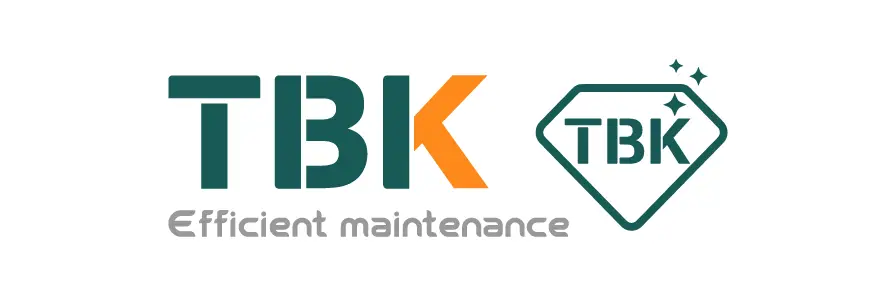Understanding iPhone Back Glass Laser Machine Price Factors
How Much Does an iPhone Back Glass Laser Machine Cost?
When researching an iPhone back glass laser machine, the price is often the primary consideration for repair shops and technicians. The cost can vary significantly, with models ranging from a few hundred dollars for basic, low-power units to several thousand dollars for advanced, automated systems.
For professional repair businesses seeking a reliable and efficient machine, the typical price range in 2024-2025 is generally between $1,200 and $2,800. This price point usually includes features necessary for consistent, high-quality work.
Key Factors Influencing the Price
The final cost of a machine is not arbitrary; it is determined by its technology, features, and build quality. Understanding these factors is key to selecting the right tool for your budget and needs.
Laser Type: Fiber vs. UV
The type of laser is one of the most significant cost drivers.
-
Fiber Lasers: This is the most common type for back glass removal. Fiber lasers (often 20W or higher) are powerful and fast, capable of removing the adhesive under the glass in minutes. They offer an excellent balance of speed and cost for this specific task.
-
UV Lasers: UV (ultraviolet) lasers are generally more expensive. They operate at a different wavelength and are considered "cold" lasers, meaning they produce less heat. While effective for back glass, their higher cost is often because they are more versatile and can be used for delicate tasks like screen separation or micro-soldering preparation.
Power and Wattage
Laser power, measured in watts (W), directly impacts performance and price. A higher-wattage laser (e.g., 20W) can cut through adhesive faster than a lower-wattage (e.g., 10W) machine. For a busy repair shop, the time saved by a more powerful laser can justify the higher initial investment.
Built-in Features and Automation
"All-in-one" machines cost more but offer significant convenience and space-saving benefits.
-
Built-in Computer: Many modern machines include an integrated HD computer system with pre-loaded drawings for all iPhone models. This eliminates the need for a separate PC and complex software setup.
-
Automatic Focusing: Entry-level models may require manual focusing, which is time-consuming. Machines with automatic, one-touch focusing systems streamline the workflow, reduce the risk of operator error, and command a higher price.
-
Fume Extraction: Laser-ablating adhesive produces smoke and fumes. A machine with a powerful, built-in fume extraction and filtration system is essential for operator safety and is often included in professional-grade models.
New vs. Used Machines
For those on a strict budget, the "used iphone laser machine for sale" market is an option. A used machine can be an affordable way to acquire professional-grade equipment. However, this approach carries risks, such as a lack of warranty, unknown operating history, and potential for worn-out components like the laser module.
Price Tiers for Phone Repair Laser Machines
To help visualize the options, here is a general breakdown of market pricing.
| Machine Tier | Typical Price Range (USD) | Key Features & Use Case |
| Entry-Level / Hobbyist | $350 - $800 | Lower power (e.g., <10W), often requires a separate computer, manual focus. Best for very low-volume or hobbyist use. |
| Professional (Repair Shop) | $1,200 - $2,800 | 20W+ fiber laser, built-in computer, automatic focusing, integrated fume extraction. Designed for daily, reliable use in a business. |
| Advanced (UV / Multi-Function) | $2,800+ | Typically UV lasers, may include screen separation capabilities, larger work areas, or higher-precision components. |
A Specific Example: The TBK-958F
For a concrete example within the professional tier, a machine like the TBK-958F provides a 20W fiber laser. It is a compact, all-in-one solution designed for repair shops where space and efficiency are important.
This model typically includes a built-in HD computer with pre-loaded drawings, an automatic one-touch focusing system, and an integrated fume extractor. Its 20W power is effective for removing back glass from all current iPhone models. Based on current market data, pricing for this specific model generally falls between $1,600 and $2,300, depending on the retailer and any included accessories.
FAQs About Laser Machine Pricing
Q1: What is a realistic budget for a small, new repair shop?
A1: For a new shop needing reliable equipment, budgeting within the professional tier ($1,200 - $2,800) is a practical approach. This investment provides a machine with the necessary automation (auto-focus, built-in computer) to ensure efficiency and reduce the margin for error.
Q2: Are there additional costs I should consider?
A2: Yes. Beyond the machine itself, factor in potential costs for replacement fume extractor filters, safety goggles (if not included), and any potential customs or import taxes depending on your location.
Q3: Can I get a "cheap" laser machine for professional work?
A3: While very low-cost machines (under $800) are available, they often lack the automation, power, and safety features of professional models. This can lead to slower repair times, inconsistent results, and a less safe working environment, potentially costing more in the long run.






























